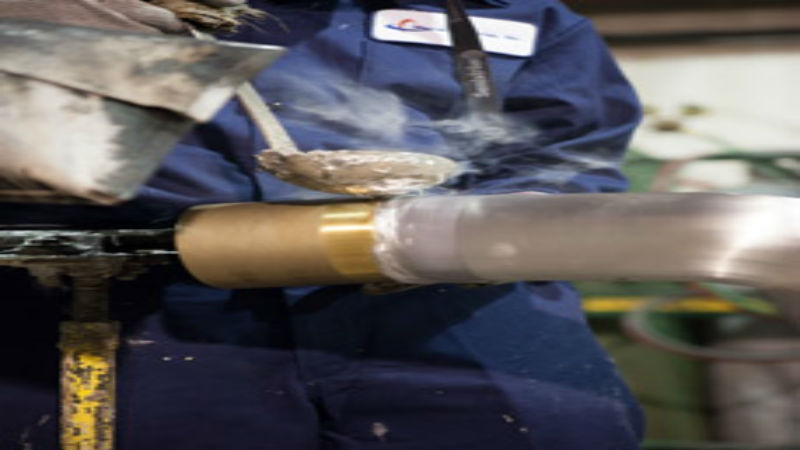People working in imaging facilities in the healthcare industry, including in dental offices, are exposed to radiation as part of their daily work. Choosing the correct X ray lead shields, including wearable items and protective structures in the rooms to prevent...



